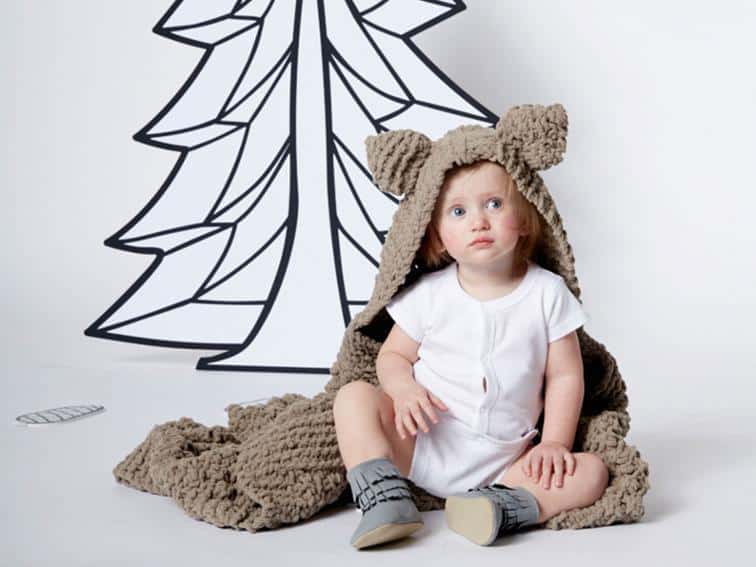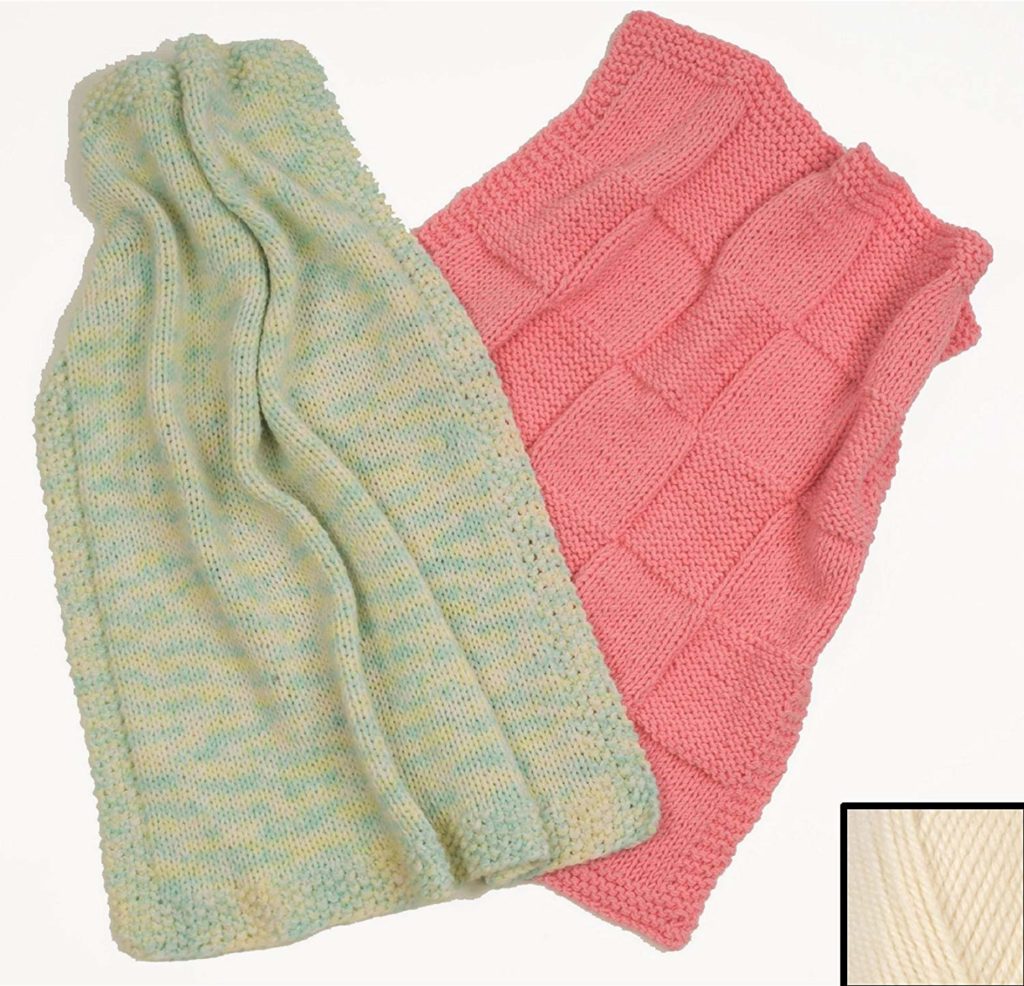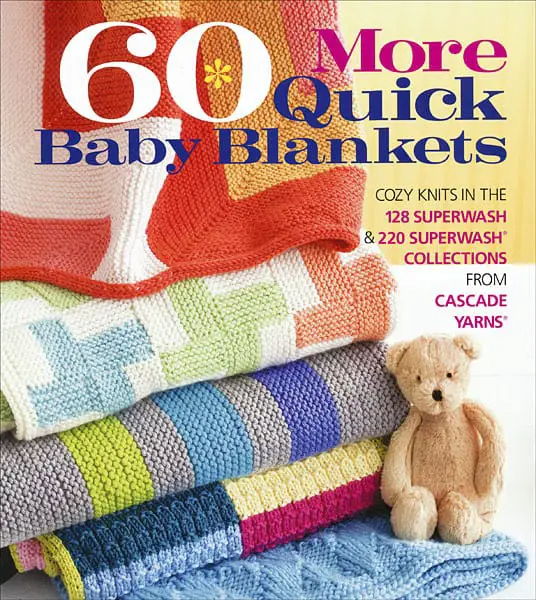How Long Does It Take To Knit A Baby Blanket?
Are you knitting for a new baby in the family? Is your best friend having a new child or a child of a new gender? Sonograms make the art of picking out colors much easier. Follow along with us while we walk you through the process.
How long does it take to knit a baby blanket? The short answer is that a knitted baby blanket can take anywhere from two to four weeks with worsted weight yarn and the size 8 needles. However, for this size and weight of yarn, you would have better luck with a minimum of four hours a day being devoted to your knitted baby blanket.
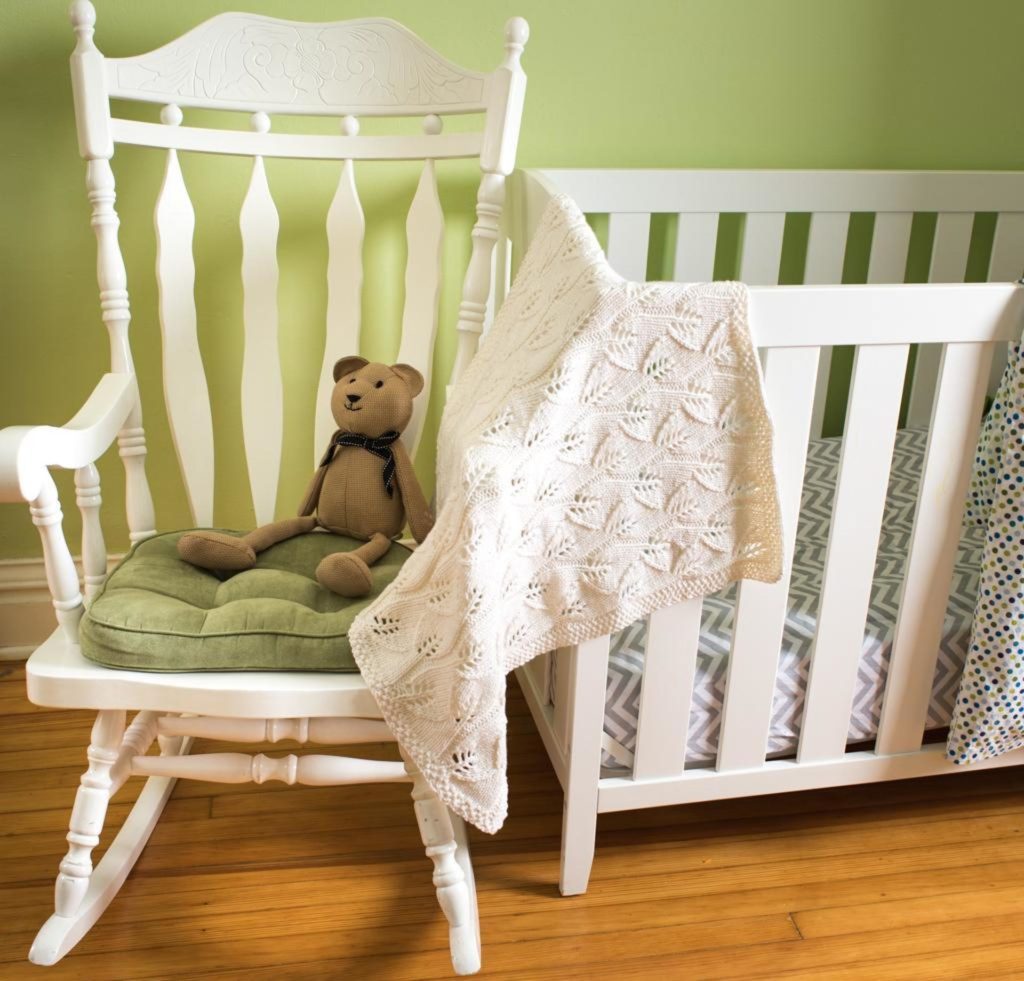
Everyone knits at different speeds within the same time period.
It’s easy to get caught up in the magic of knitting. Whether you knit fast or slow, the clink of the needles is very satisfying. If you enjoy the practice more than the finished product, you should have a knitting bag with you at all times. This way, you can always make progress on your work throughout the day or while waiting in the doctor’s office.
If you enjoy the finished product more than the practice, then you can put your competitive spirit to good use. Determine how many inches need to get done on your small blanket each day to finish it in two weeks. If you have a full month, this will reduce the size of work which must be done every evening. Use a tape measure and stitch markers to measure how much you have done that day.
You can get in the proper rhythm by watching TV or listening to books on tape while knitting.
Knitting is great because you can knit while doing other things. The most common activities are watching TV or listening to audiobooks. However, you can also get other things done while you knit the afternoon away. You can supervise roast beef in the oven. You can babysit a quiet child. If you have a large picture window, you can watch the neighborhood while you sit and knit.
Many hardcore hobbyists like to line up their favorite TV shows back to back, or they like to buy several audiobooks from their favorite author. This is a great way to hold interest (and stitch rhythm) while engaging in a repetitive task.
You can find the proper speed for yourself by adjusting your finger positions.
Sometimes, beginning knitters don’t understand how important good habit is in repetitive stitchwork. The first thing you must do is learn proper finger technique from a master knitter or from an advance YouTube video which shows the proper technique.
In the beginning, proper finger placement and movement will feel awkward and ungainly. You’ll easily slip back to your “learning” movements.
However, the proper technique is a great way to speed up your work. Your yarn will flow smoothly from stitch to stitch, and your movements will be well-timed and in continuous flow.
The mark of a beginner is that they have to start and stop each stitch. This slows down their time by quite a bit over the course of an hour. Continuous flow is the mark of a speedster.
Proper finger movement will also keep your stitches very even. You can tell how stressed a knitter is by how tight, loose, or jumbled their stitches are. Your stitches should be medium to loose, and they should be consistent across the board.
Check Out This YouTube Video For Some Tips To Speed Up Your Knitting
In crocheting, if some of your stitches are way too tight, you can undo the effect with looser stitches on top of them. In knitting, tight stitching can compress a stripe or band across your entire work. It will require that you run your needle under the last loose stitching and take out everything above it so that you can correct this.
Do you knit tightly or loosely?
If you know your own style of stitching, this will greatly help you. If you tend to knit tightly across the board, you will need bigger needles and much bulkier yarn to finish your baby blanket within a reasonable amount of time.
If you tend to knit loosely or sloppily, a worsted weight yarn should be bulky enough to keep your stitches tight enough. It will also be light enough that it will be easy for your plow forward without any difficulty.
Many baby blankets are knitted or crocheted out of fingering or sport weight yarn. These are the softest, lightest yarns before you get to crochet thread. Unfortunately, these are very time-consuming. Refer to our section below on knitting-on-the-go using small blocks.
Baby blankets don’t have to be very large.
Since knitting tends to include the entire width of the blanket, you might want to set your sights a little narrower in the beginning. It’s a baby blanket, not a toddler blanket. It doesn’t have to be very big.
Many beginner knitters are frustrated with how slow the baby blanket is progressing when they are only 1/3rd of the way through it. If you are a grown adult, you may want to try to make a full-sized blanket. This is completely unnecessary. 3 feet across is plenty of space. You don’t need to do bigger than that. Keep it realistic and shave weeks off of your knitting time.
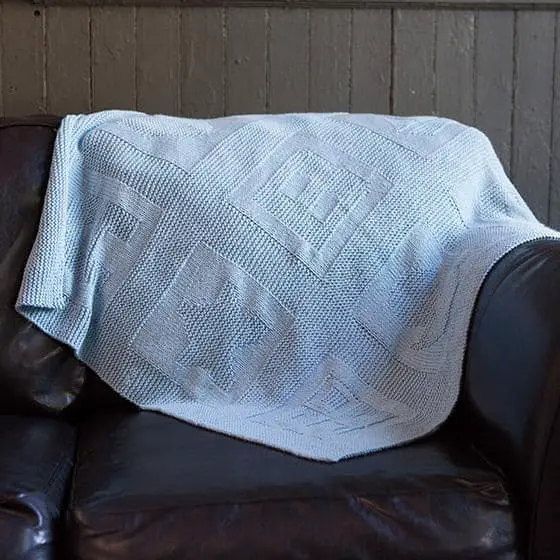
Work within a week: You can use soft, chunky weight yarns to speed things up quickly.
If you are in a hurry, you can work an entire blanket, from start to finish, within one week. You will need bulky weight or super-bulky weight yarn. Pick out a nice, neutral color (like green or blue or soft brown) and nice, chunky knitting needles.
You must keep the stitches very loose so that you don’t have to force your needles through the bulky yarn to bring it up. You can make a much bigger baby blanket with this type of yarn, even with a one-week deadline. Loose stitches are the most important part of your bulky yarn blanket, though. Without them, it will be very slow work forcing your needles through the yarn.
Fingering and sport weight yarn will knit much slower and can be pulled much tighter.
If you love fingering weight yarn or sport weight yarn, you will have to be a speed knitter. There is no other way around it. Often, baby blankets of this delicacy are made for newborns (and are much smaller) or they are made regularly in warm climate areas.
It’s a great idea to use fuzzy or fluffy yarn when doing lightweight yarn. Use needles with a nice, long, circular cord on them. Knit fast. Knit as fast as you can. If you knit slowly, it will not only take much longer, but you will be more likely to pull the yarn tight and mess up an entire row across the blanket. This requires extensive blocking afterward to correct it.
Monotony can be broken up with cable stitching or blocks of reversed stitching.
If you like knitting, but hate the monotony of it, there are ways you can feel accomplishment through your blanket! By instituting a couple of cable rows (spread far apart, of course), you can keep track of your progress through the blanket without being discouraged.
Additionally, a large basketweave pattern is a great way to keep track of size, shape, and progress through your blanket. This is a great option for inexperienced knitters who can only knit and purl. Cable stitching is more advanced and requires more concentration on your work.
By installing little patterns through your knitting, you can create enough interest that your blanket begins to take shape and form. Otherwise, you are left with a single, large mass that is depressing to look at and frustrating to continue. Even knitters need psychological breaks throughout their projects.
You can knit-on-the-go by dividing the baby blanket into 6 or 9 blocks.
A great way to knock out a baby blanket in a short amount of time is to divide it into 6 or 9 blocks. You can work on each block, individually. You can plan on knitting 9 blocks but only use 6 if you run out of time. This is also much easier, psychologically, because of the small size of each block. As you finish each one, you can stack it up in a safe location, away from dust or pesky moths.
Keep a small knitting bag (cloth, so that your needles don’t puncture through it) by your purse or wallet. Work on your blocks while waiting in line, waiting in the doctor’s office, checking out in a shopping line, or while at home. Imagine working on a block for two or three days and being finished! That’s a nice little win right there.
In conclusion, baby blankets are treasures that can be handed down through the generations. However, you don’t have to pull out your hair when knitting one!
Just make it small, set realistic steps throughout the process, and make it easy on yourself to pick up your work when relaxing in front of the TV. Happy knitting!
